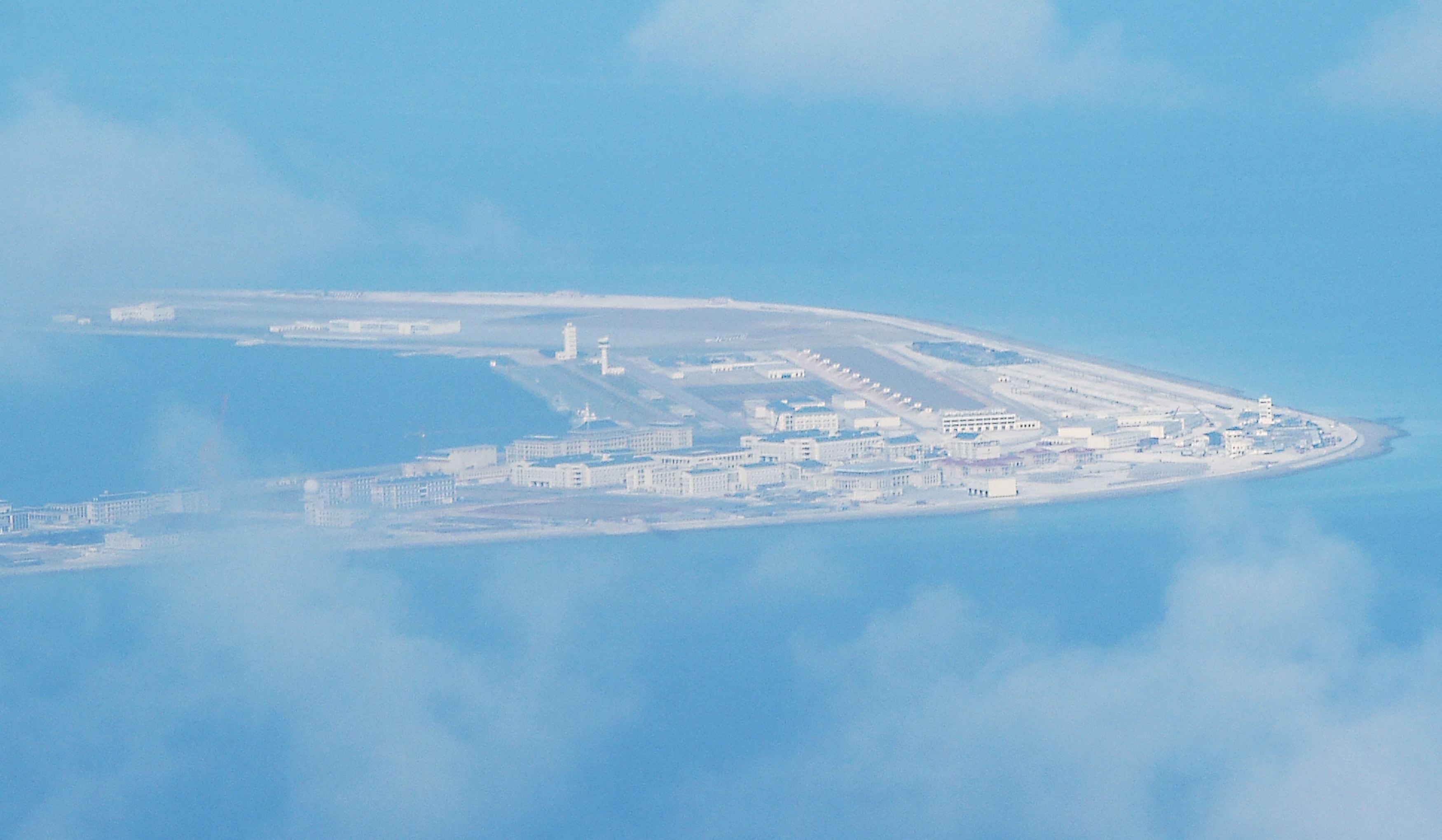WASHINGTON – The U.S. Navy conducted more freedom of navigation operations in 2019 than in any year since the U.S. began more aggressively challenging China’s claims in the South China Sea in 2015.
The Navy conducted nine FONOPs in the South China Sea last year, according to records provided by U.S. Pacific Fleet. The FONOPs are designed to challenge China’s claim to maritime rights and dominion over several island chains in the region, which have put the U.S. and its allies at loggerheads with China.
Patrols by U.S. warships come within 12 miles of features claimed by China, including features that the Asian nation has converted into military installations. The patrols are meant to signal that the U.S. considers the claims excessive. China views the patrols as irritating and unlawful intrusions into its waters.
The Obama administration authorized two FONOPs in 2015 and three in 2016. The program has escalated under the Trump administration, with the Navy conducting six in 2017 and five in 2018. However, during Trump’s first two years in office, Navy transits of the Taiwan Strait dropped precipitously from 12 in 2016 to five in 2017, then just three in 2018. The Taiwan Strait transits picked up again in 2019, with nine transits conducted through the year.
In a statement, Pacific Fleet spokesperson Lt. J.G. Rachel McMarr said the Navy was committed to continuing to demonstrate its willingness to challenge excessive claims.
“U.S. forces routinely conduct freedom of navigation assertions throughout the world,” McMarr said in a statement. “All of our operations are designed to be conducted in accordance with international law and demonstrate that the United States will fly, sail, and operate wherever international law allows — regardless of the location of excessive maritime claims and regardless of current events.”
The uptick in FONOPs hasn’t caused China to back down on its South China Sea claims, but that isn’t precisely the intention, said Bonnie Glaser, director of the China Power Project at the Center for Strategic and International Studies.
“FONOPs narrowly assert the rights of foreign military vessels in accordance with the UN Convention on the Law of the Sea,” Glaser said. “These operations have been effective in implementing DoD’s policy of ensuring that the US military can fly, sail, and operate wherever international law allows.”
What they have not accomplished is getting China to soften its stance in the region, Glaser continued.
“FONOPs have proved insufficient in preventing Beijing from exercising coercion and expanding its influence, including blocking its neighbors from accessing oil, gas and fish in their own waters,” she said. “FONOPs are therefore necessary, but not enough to defend America’s broader interests in enforcing international rules and strengthening our relationships in the region.”
FONOPS continue
The Navy conducted its first FONOP of 2020 on Jan. 25, sending the littoral combat ship Montgomery past Chinese claims in the Spratly Islands. During that operation, China sent two fighter-bombers scrambling overhead to intimidate the Montgomery, according to the country’s state media.
The U.S. Navy frames these FONOPs as challenging excessive claims by all powers in the region, and the Jan. 25 patrol was officially aimed at China, Taiwan and Vietnam. Specifically, the Navy challenged the notion that innocent passage through claimed territorial waters requires previous notification.

But China has been by far the most aggressive in its claims, going so far as to build island fortifications armed with anti-ship and anti-air missiles, according to the Pentagon’s 2019 report on China. The U.S. military views that as a creeping violation of freedom of navigation, which some warn China might ultimately use to try to gain unfair advantages in global commerce.
The uptick in FONOPs, tensions over protests in Hong Kong and Taiwan’s ability to self-rule, and increasing clashes between China and Vietnam in recent months have combined to create increasing unease in the region, said Zhiqun Zhu, a professor of political science and international relations at Bucknell University.
“In the South China Sea, both the U.S. and China have beefed up their presence,” he said. “U.S.-China military ties have worsened as a result of Trump’s signing of the Hong Kong acts and Beijing’s retaliation. Clashes between China and Vietnam seem growing, with Vietnam complaining about China’s repeated intrusions into what Hanoi calls its [exclusive economic zone]."
U.S. President Donald Trump in November signed a law supporting anti-government protests in Hong Kong.
“In the Taiwan Strait, tensions have grown," Zhu added. "With … Tsai Ing-wen’s reelection, Beijing may feel reunification is more distant and something has to be done to arrest Taiwan’s further drifting away. So the overall situation has deteriorated.”
This post has been updated to reflect two additional FONOPs reported by U.S. Pacific Fleet, and to add additional context.
David B. Larter was the naval warfare reporter for Defense News.








